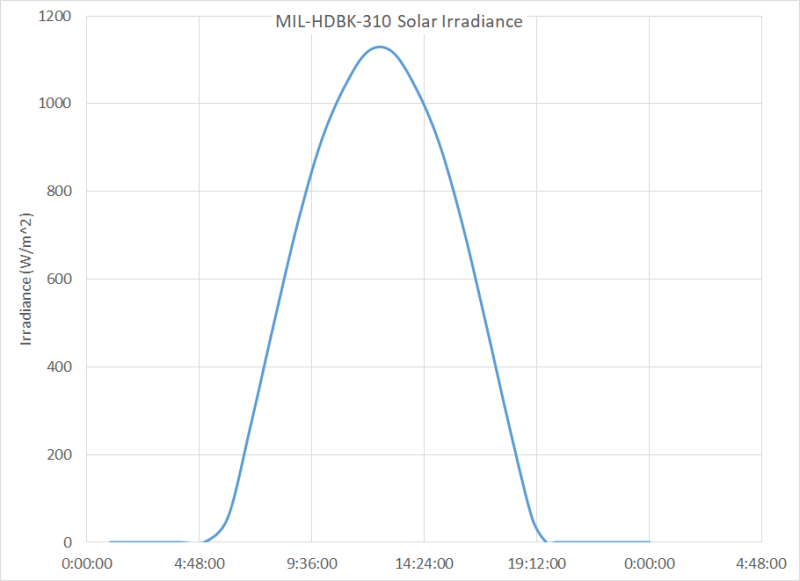Hi Gurus,
I plan to power Three 30W LED Lights with Solar Panel for 10 hrs at most per night. Least average sunlight hours at location is 3 hrs (in Dec). This is my first Solar project and I would like to confirm if my Solar Panel and Battery selection calculations are fine:
Total Load : 3 x 30W = 90W
Watt Hour : 90W x 10hrs = 900 WHr
Required Solar Power output (in Dec) = 900 WHr/ 3Hr = 300W
Hence, I would need a 300W 24V solar Panel to power THREE 30W LED lights during low sunlight periods.
12V Battery Bank:
90W/12v = 7.5A x 10Hrs = 75AHr
I shall choose 100AHr c/20 Deep cycle Battery.
I would appreciate your feedback. Thanks
I plan to power Three 30W LED Lights with Solar Panel for 10 hrs at most per night. Least average sunlight hours at location is 3 hrs (in Dec). This is my first Solar project and I would like to confirm if my Solar Panel and Battery selection calculations are fine:
Total Load : 3 x 30W = 90W
Watt Hour : 90W x 10hrs = 900 WHr
Required Solar Power output (in Dec) = 900 WHr/ 3Hr = 300W
Hence, I would need a 300W 24V solar Panel to power THREE 30W LED lights during low sunlight periods.
12V Battery Bank:
90W/12v = 7.5A x 10Hrs = 75AHr
I shall choose 100AHr c/20 Deep cycle Battery.
I would appreciate your feedback. Thanks


